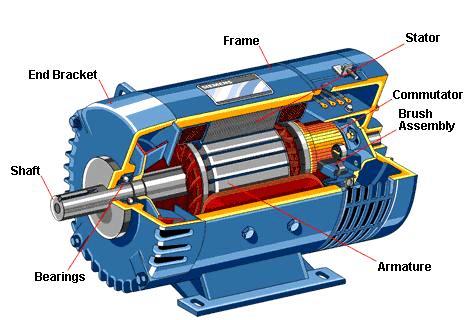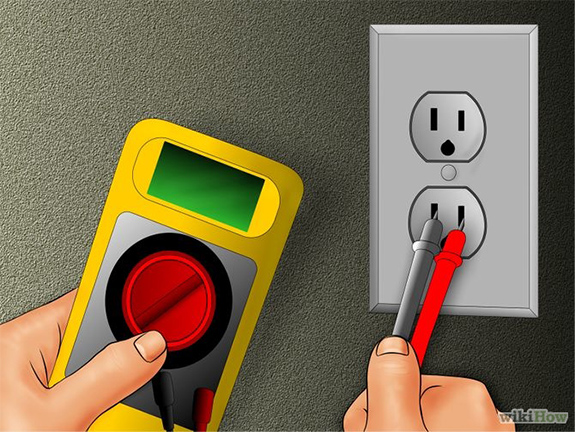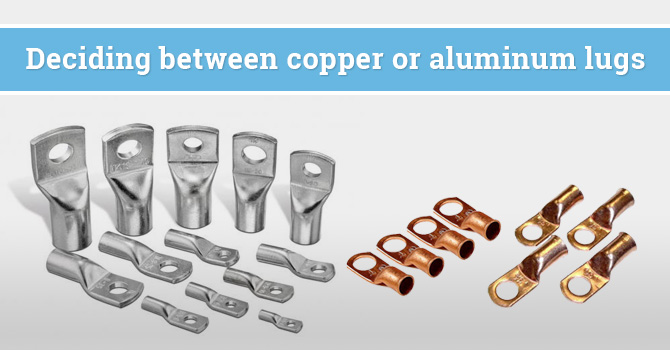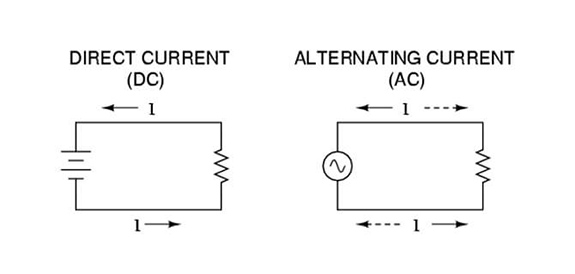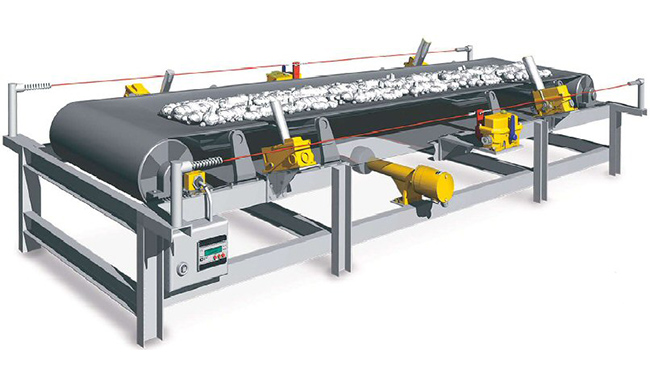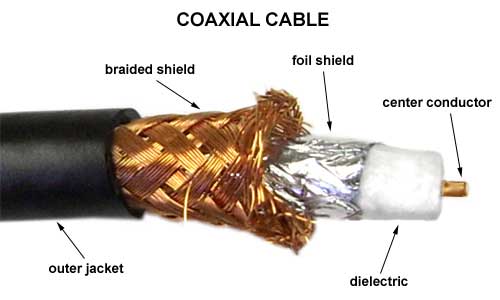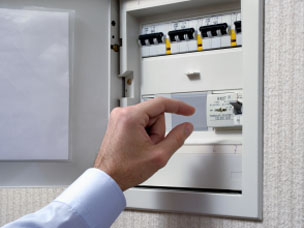General Requirement for Motor Installation
An electric motor is a machine that uses the concept of conversion of energy and consequently converts electric to mechanical energy. The main parts that help propel the process are the rotor, stator, windings, air gap and commutator. The approximate efficiency of an electric motor is 70%-85% (extra energy is taken by the sound and [...]

